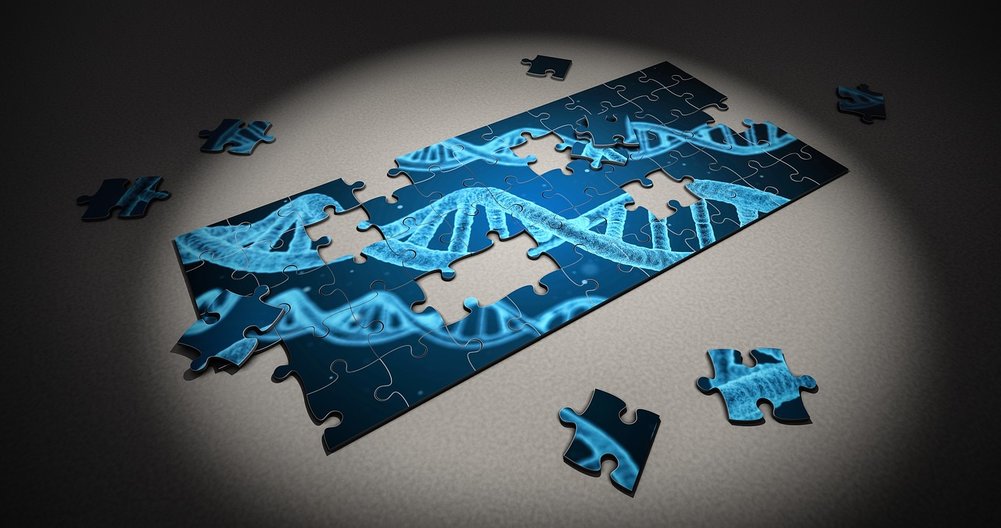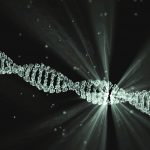CRISPR/Cas systems are best known as “gene scissors” for correcting genetic defects. Precise targeting of specific regions in DNA of plants, animals, and microorganisms is the reason CRISPR recently became a favorite tool of many researchers. Now, a group from the University of Freiburg identified an enzyme which assists the CRISPR/Cas system in correctly regulating translation.
CRISPR/Cas systems can be found in about 40% of sequenced bacterial genomes and 90% of sequenced archaea. They form a primitive microbial “immune system” by conferring resistance to foreign genetic elements such as those present within plasmids and viruses. For this line of defense to work, it is essential to cut the long RNA molecule into smaller units. An enzyme is therefore used as a pair of RNA scissors to cut the RNA molecule.
Natural CRISPR/Cas systems often function autonomously. More precisely, they can be exchanged between different bacteria quickly and independently on other proteins in their host cells. There is an exception to this and it can be found in the popular CRISPR/Cas9 systems, where the hosts’ enzyme RNase III acts as RNA scissors.
The scientists from the University of Freiburg, led by Juliane Behler and Prof. Dr. Wolfgang Hess were studying CRISPR/Cas systems and identified an enzyme, a special pair of RNA scissors, which is involved in reading genes and translating their information into proteins. Their research has been recently published in the scientific journal Nature Microbiology.
The group has demonstrated that the enzyme RNase E acts as RNA scissors in the CRISPR/Cas systems of cyanobacteria, their main model organism. This enzyme is very common and it can be found not only in photosynthetic cyanobacteria but also in pathogenic bacteria and plant chloroplasts. It is an important factor for the correct regulation of gene expression within all these groups of organisms. However, a new discovery is that it also plays a role in CRISPR/Cas systems.
In the study, researchers discovered that the interaction of CRISPR/Cas systems with the cellular mechanisms of their host organisms is stronger than previously suspected. Overall, the study provides us with a hint that there could be greater potential for the use of such systems.
Funding for the team’s research came from the German Research Foundation as part of a grant for the research group Forschergruppe FOR1680: Unravelling the Immune System. Wolfgang Hess is Professor of Genetics at the Freiburg Institute for Advanced Studies (FRIAS) at the University of Freiburg.
CRISPR/Cas systems are in the spotlight of genetic science and we can expect new uses and discoveries on a regular basis. Do not miss some of the most important advances in CRISPR technology.
Learn more about new exciting possibilities of CRISPR in the video below:
By Andreja Gregoric, MSc











